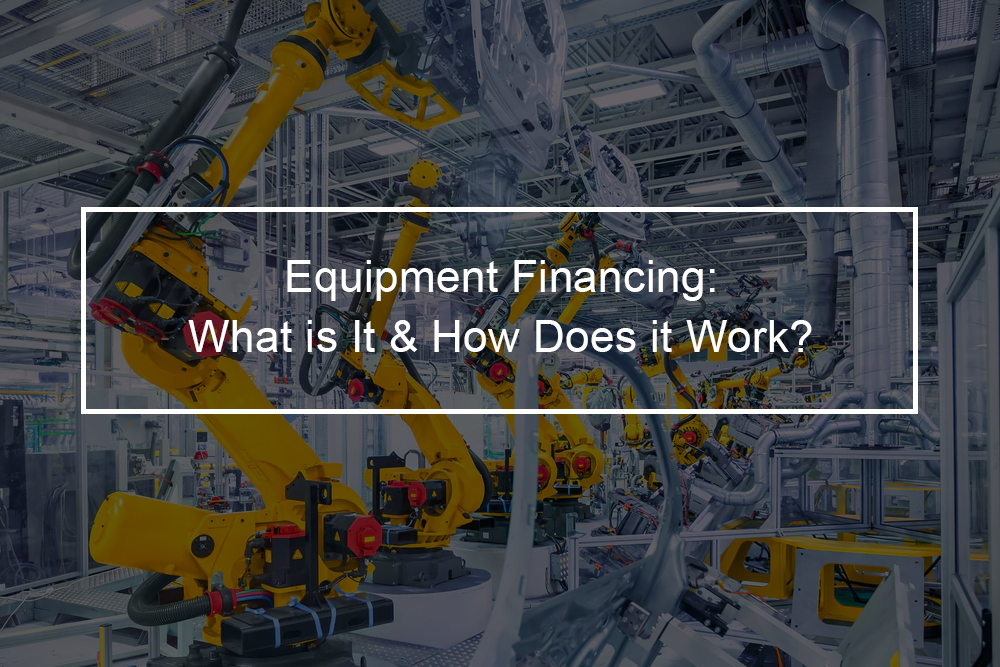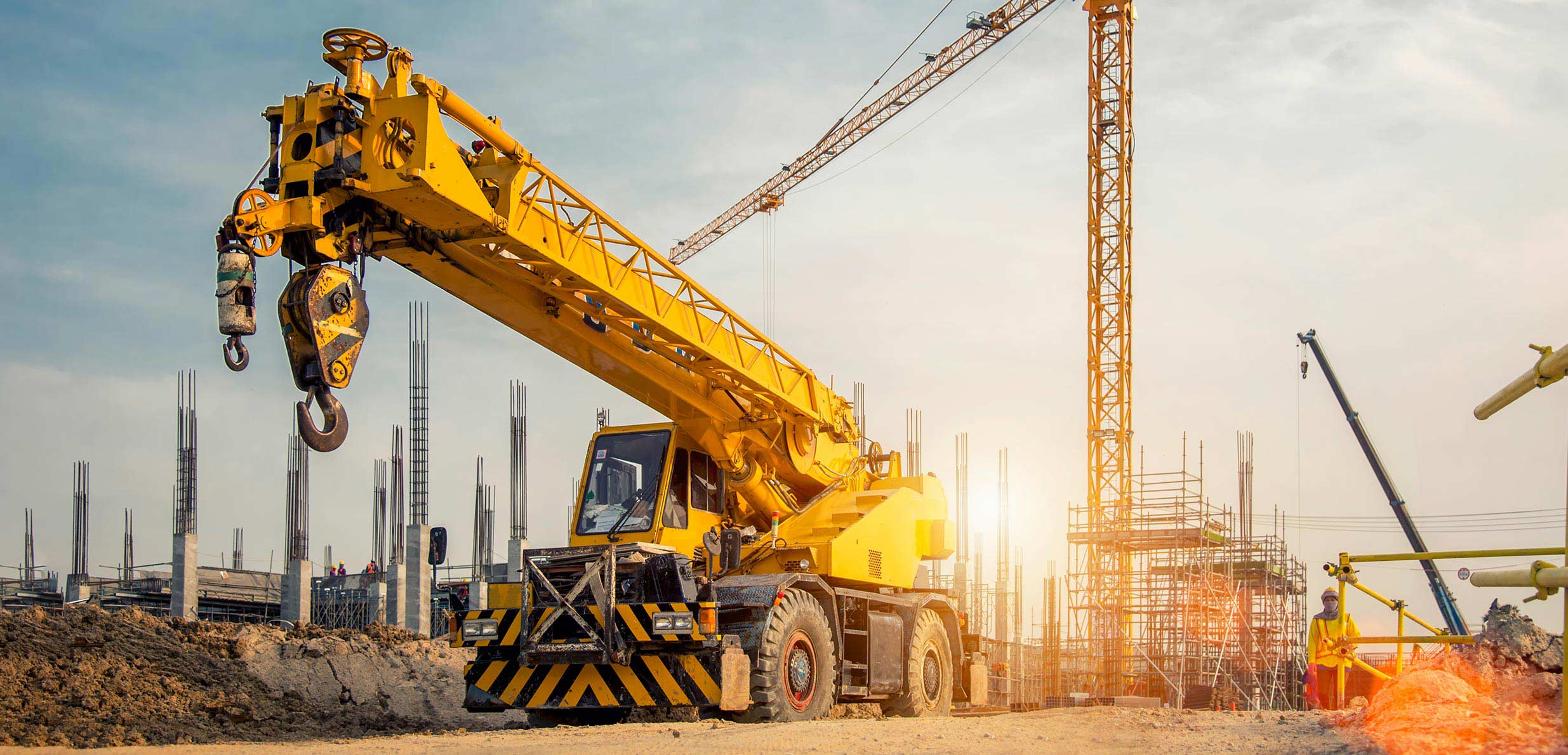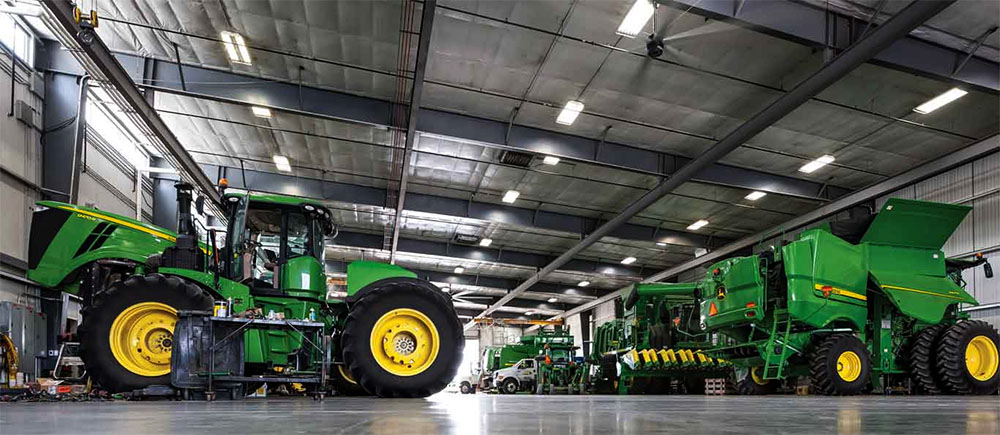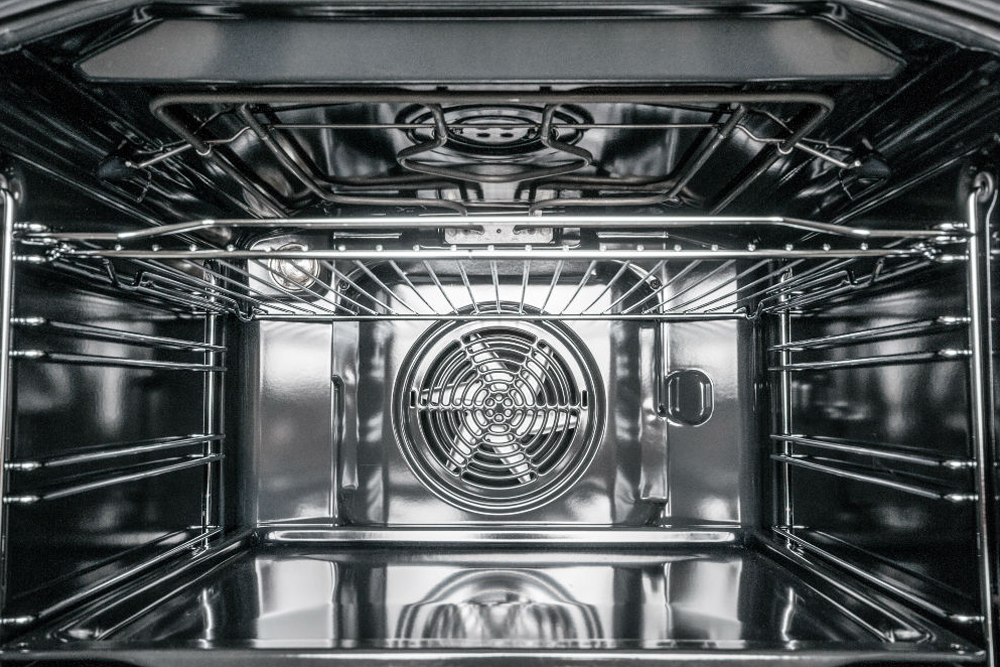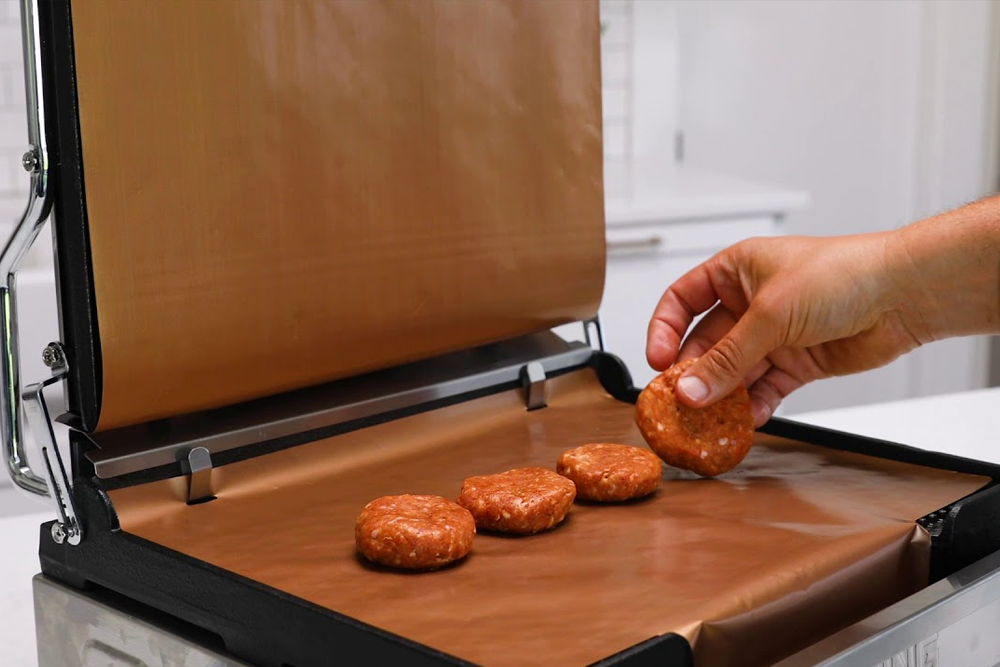As an entrepreneur, you understand the significance of having the latest and greatest equipment and technologies available to you. This includes everything from trucks, heavy machinery, and other vehicles, computers, data processing equipment, and other office equipment to medical and healthcare machines. Having the equipment you need applicable to your business activities is the difference between success and failure as a company owner.
Sadly, however, you also understand that the cost of obtaining specific equipment for your business can be costly. Whether you are an emerging, start-up, or established company, buying equipment to meet your business needs takes away needed working capital. If you are seeking to buy new equipment or upgrade your existing inventory, why not consider how equipment financing works and its benefits as a way to meet your equipment purchase needs?
What is equipment financing?
Equipment financing is a kind of business financing used to provide businesses with the capital necessary to buy needed equipment. Offered by both conventional lenders and equipment financing companies, it enables you to begin to use the equipment almost immediately by providing you with the funds necessary to secure the purchase of required capital equipment for your business. The equipment purchased serves as collateral or security for the loan, indicating that you have continued use and access to the equipment as far as the loan is repaid on time. In the event a default occurs for any reason, the equipment will be used to secure the balance of the outstanding loan amount and any additional costs.
How does equipment financing work?
If you need equipment for your company but lack the funds to buy it, you can use equipment financing to secure it. First, you will have to contact an equipment financing company or a lender to inquire about their equipment loans. You can then negotiate loan terms that are aligned with your business’s needs. After making a down payment (if necessary) and agreeing to the terms, the lender or equipment financing company will loan you the equipment under the agreement that you make regular payments until the loan is paid off.
And if you are wondering how much money you can expect to get with equipment loans, the amount ranges dramatically. You will often see smaller versions in the $5,000 range, which could fund most office equipment and other things of that variety. On the larger end, the loan amounts can reach up to $5,000,000. Typically, the terms for this kind of financing also range quite a bit, generally, from one year up to five years. The interest rates for equipment financing are as low as 7.5-percent, even though this obviously depends on your business circumstances and credit history.
One of the trademarks of equipment financing is immediacy. After you get the ball rolling, you can often get money in as little as 24 hours. That is right; you can get the financing you require for that new delivery truck on the same day you apply for the loan. In most cases, the equipment you buy will actually be the collateral for the loan. So if you default, the equipment financing company will be taking that shiny new truck off your hands. Sometimes, the lender requires a personal guarantee or uses a blanket lien. In both situations, the lender could claim to your various assets in the event of a default. As with all loans, you do not have to worry if you constantly make your payments. It is just essential to understand the full context of the loan and know what consequences are in place if you are unable to meet your obligations.
Who qualifies for Equipment financing?
Any company that uses physical equipment can possibly make use of equipment financing. That includes things such as vehicles, computers, and machinery used by your business. But qualifying for equipment financing is another issue. Equipment loans tend to be a comparatively conservative type of financial product. In most cases, you should be able to demonstrate the ability to service your equipment lease or loan, and you will need to have good credit (600+). Moreover, you have to select the right equipment financer; that is to say, you will have to pick one that finances your equipment type.
How equipment financing benefits your business?
- Equipment financing requires little or no capital.
- You are able to use the financed equipment before it is fully paid off.
- Once paid off, you will have complete ownership of the financed equipment.
- You do not have to place property or other assets up for collateral, since the financed equipment itself is generally used as collateral.
Equipment loaning vs. Equipment leasing
There are two popular ways to finance equipment: through a lease or a loan. Whereas both achieve the same ends — giving you access to the equipment needed to run your business — there are several differences between the two methods. Here is a rundown on each:
Equipment Loans
As mentioned earlier, an equipment loan is a loan taken out with the express purpose of purchasing equipment. These loans are beneficial for business owners that need a piece of equipment long-term but cannot manage to make the purchase outright. A lender might accept to extend the majority of the capital so that you can pay in periodic increments. There are several shortcomings to this arrangement. Most equipment financing companies will only agree to pay 80-90 percent of the cost, leaving you to fund the other 10-20 percent. The other shortcoming is that, in the long term, the arrangement will ultimately cost more than if you had just bought the equipment outright.
The cost of borrowing changes based on the amount borrowed, term length, and interest rate. For this reason, it is vital to do the math before accepting an equipment loan. Equipment loan interest rates can vary wildly based on your lender (8% – 30% is an extremely rough range for what you can expect), your credit ranking, the amount of time you have been in business, and any number of other arcane formulas a specific lender decides to apply to your case. In most situations, equipment loan interest rates are fixed rather than variable.
Equipment Lease
Leasing equipment is a common option if you need to trade out equipment frequently or do not have the capital to pay the down payment needed for a loan. It is also more likely to cover extra soft costs associated with installing and shipping the equipment. Rather than borrowing money to buy the equipment, you are paying a fee to borrow the tool. The lessor (the leasing company) technically maintains the equipment’s possession but lets you use it. Lease arrangements vary depending on your business’s needs. Most commonly, business owners enter into a lease agreement if they periodically need to change their equipment for a more modern version. If you intend to own the equipment, some leasing companies prefer buying the equipment at the end of the term. Generally, leasing carries lower monthly payments than a loan; however, it might wind up being more costly in the long run. In part, leases tend to be more costly since they carry a larger interest rate than loans.
There are two main types of leases: operating and capital. The latter works more like a loan alternative and is utilized to finance the equipment you want to own long term. The former is closer to a rental agreement, and, in most situations, you will return the equipment to the lessor at the end of the lease. Both types of leases have a large number of variations. Here are a few common types you will come across:
- (FMV) Fair Market Value Lease: With an FMV lease, you will make regular payments while borrowing the equipment for a set term. When the leasing term ends, you have the option of buying it at its fair market value or returning it.
- $1 Buyout Lease: This is a type of capital lease where you will pay off the cost of the equipment and interest over the course of the lease. In the end, you will owe exactly $1. After you pay this residual, which is little more than a formality, you will fully own the equipment. Apart from technical differences, this kind of lease is very similar to a loan in terms of cost and structure.
- 10% Option Lease: This lease is like a $1 lease; however, at the end of the term, you have the option of buying the equipment for 10-percent of its costs. These have a tendency to carry lower monthly payments than a $1 buyout lease.
- A lease tends to be more costly in practice, even though their (usually fixed) interest rates fall within a similar range to equipment loans. Based on the arrangement, you might be able to write off the entirety of the lease’s cost on your taxes, and leases do not show up on your records the same way as loans. How leases impact your taxes is too complicated to cover within the scope of this post, but needless to say, the kind of lease you select will determine what you can write off and how.

